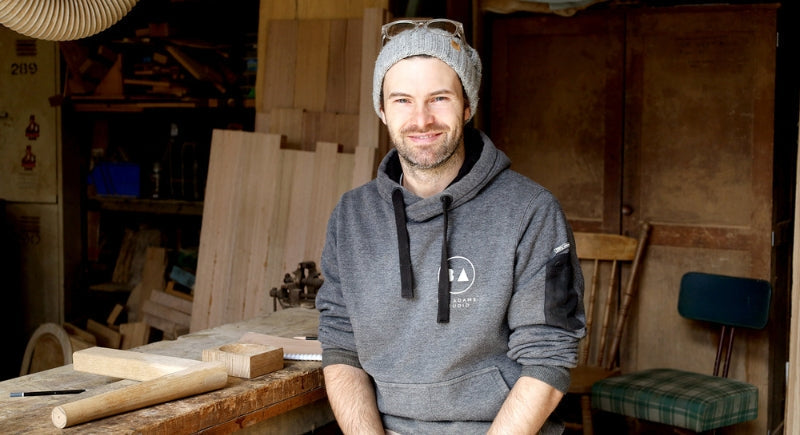
Why I’m Switching to Mirka: A Furniture Maker’s Demo Experience
When Ben, a skilled furniture maker known for his craftsmanship, recently put Mirka tools through their paces, he was struck by how much easier and more enjoyable sanding could be....
The smart solution
Determining the correct grit can be challenging, as it depends on how deep the scratch is. Start sanding with a fine grit, eg. 320 grit, or just polish out the scratch. If the fine grit does not sand enough, use the next coarser grit. This way, you can avoid additional steps when removing the scratches.
The fewer steps necessary to get the job done, the better. Otherwise, there is a risk of optical refraction. The polishing step takes longer than the sanding steps.

Keep machine flat
When sanding and polishing, keep the machine flat to surface, this will give a better and smoother finish.
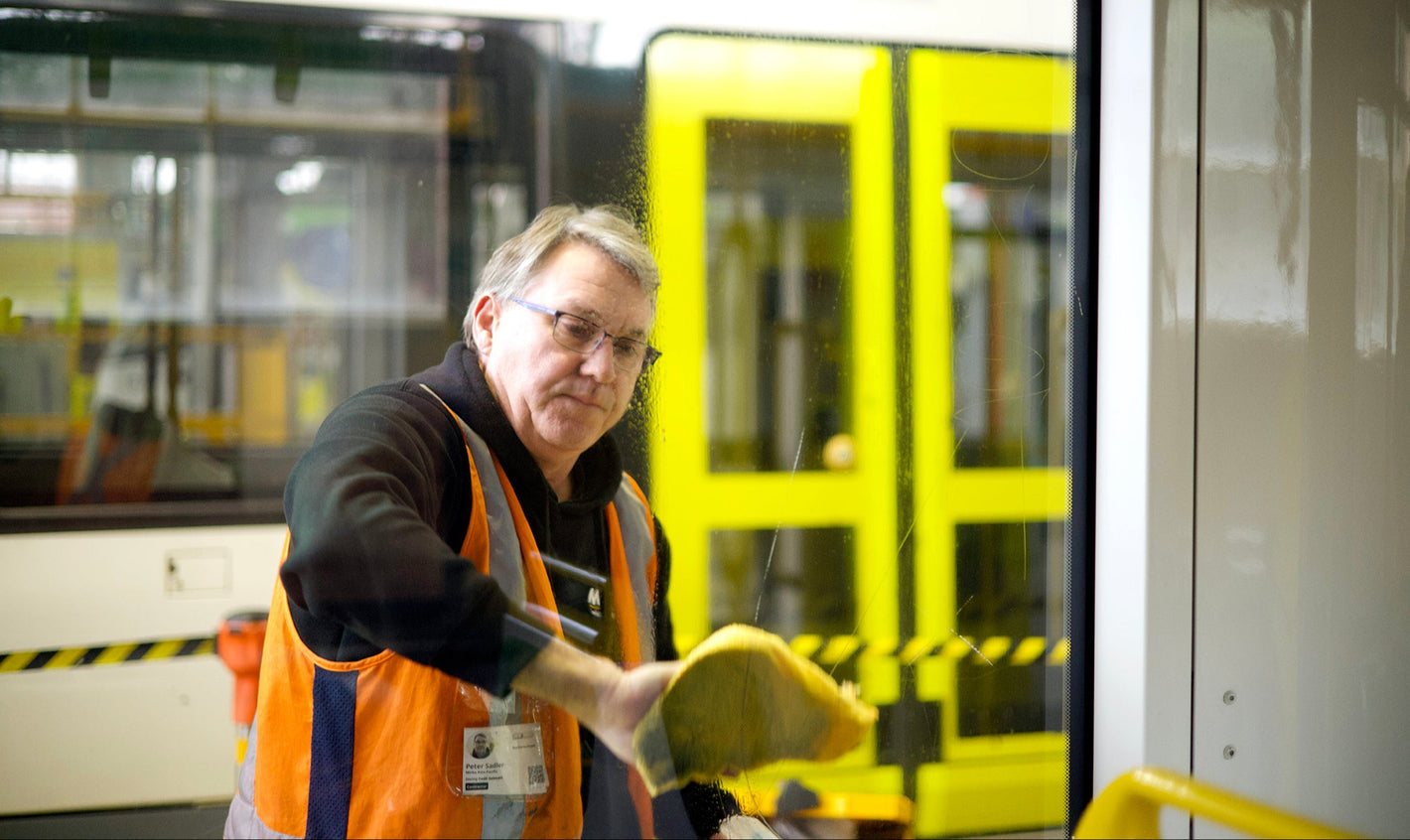
Clean in between steps
Clean in between the steps to avoid dust from previous steps causing additional scratches.
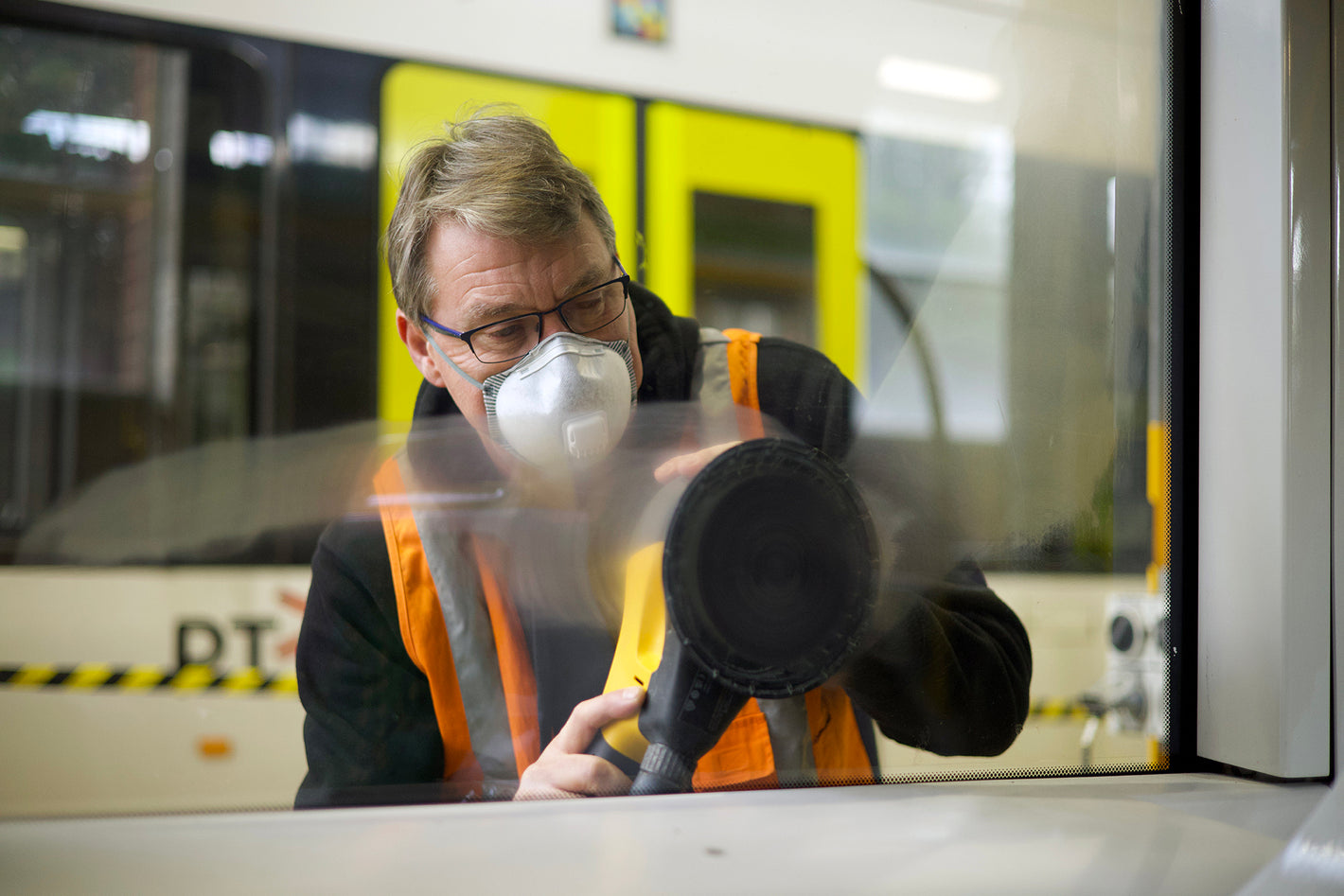
Protect yourself
Always use a dust protection mask. Please check local legislation about concentrations known to be hazardous.

Before you start
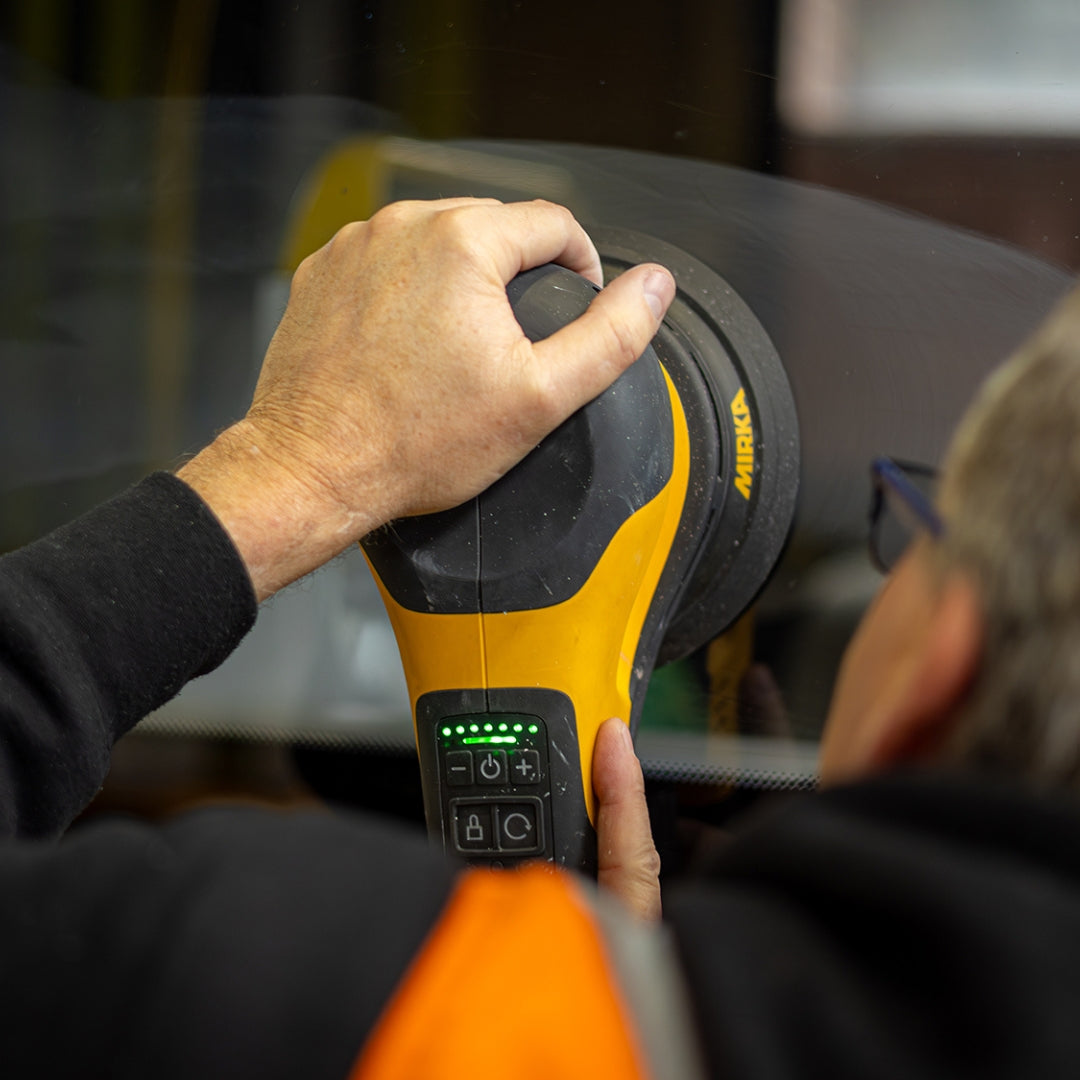
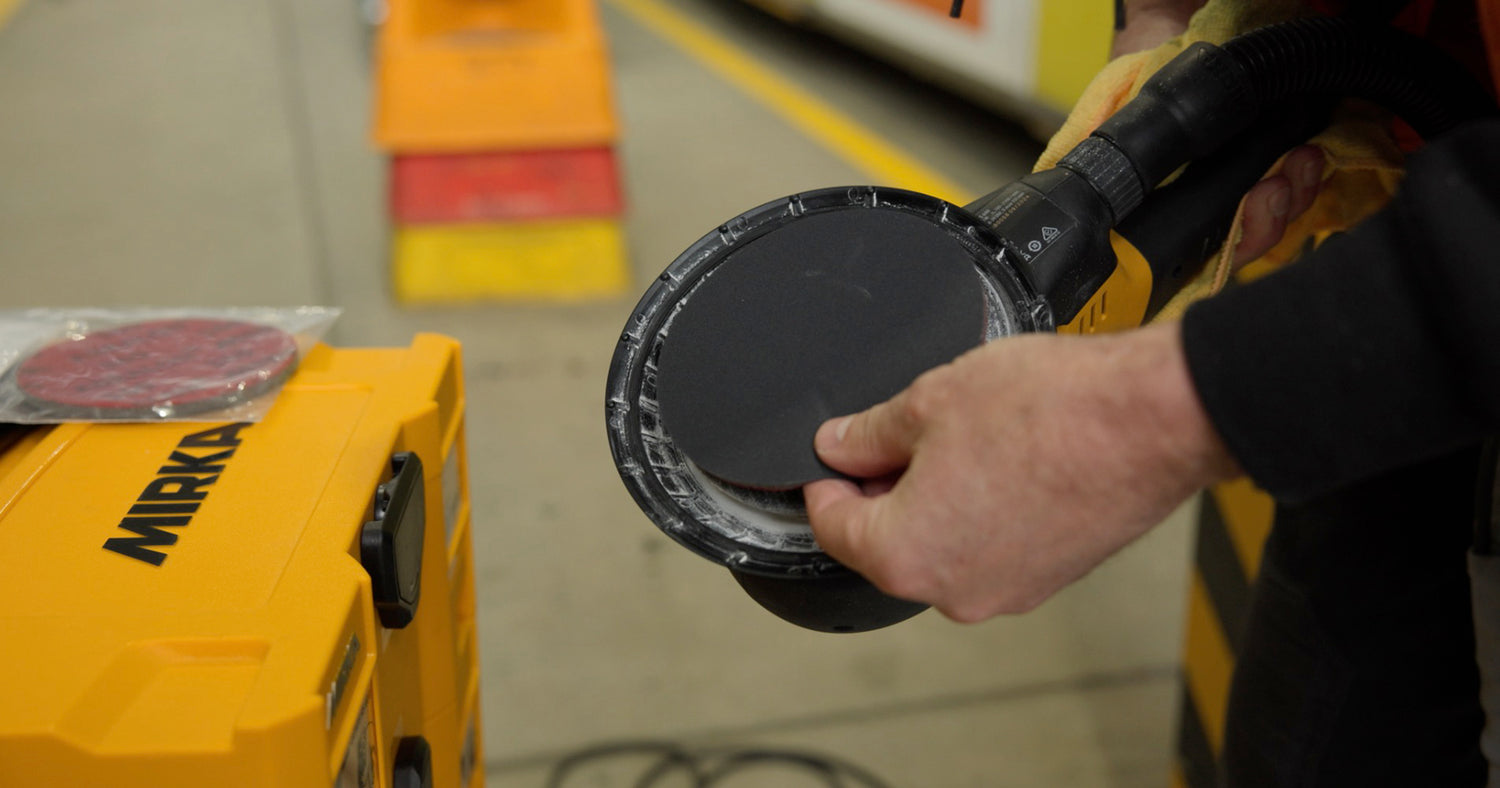
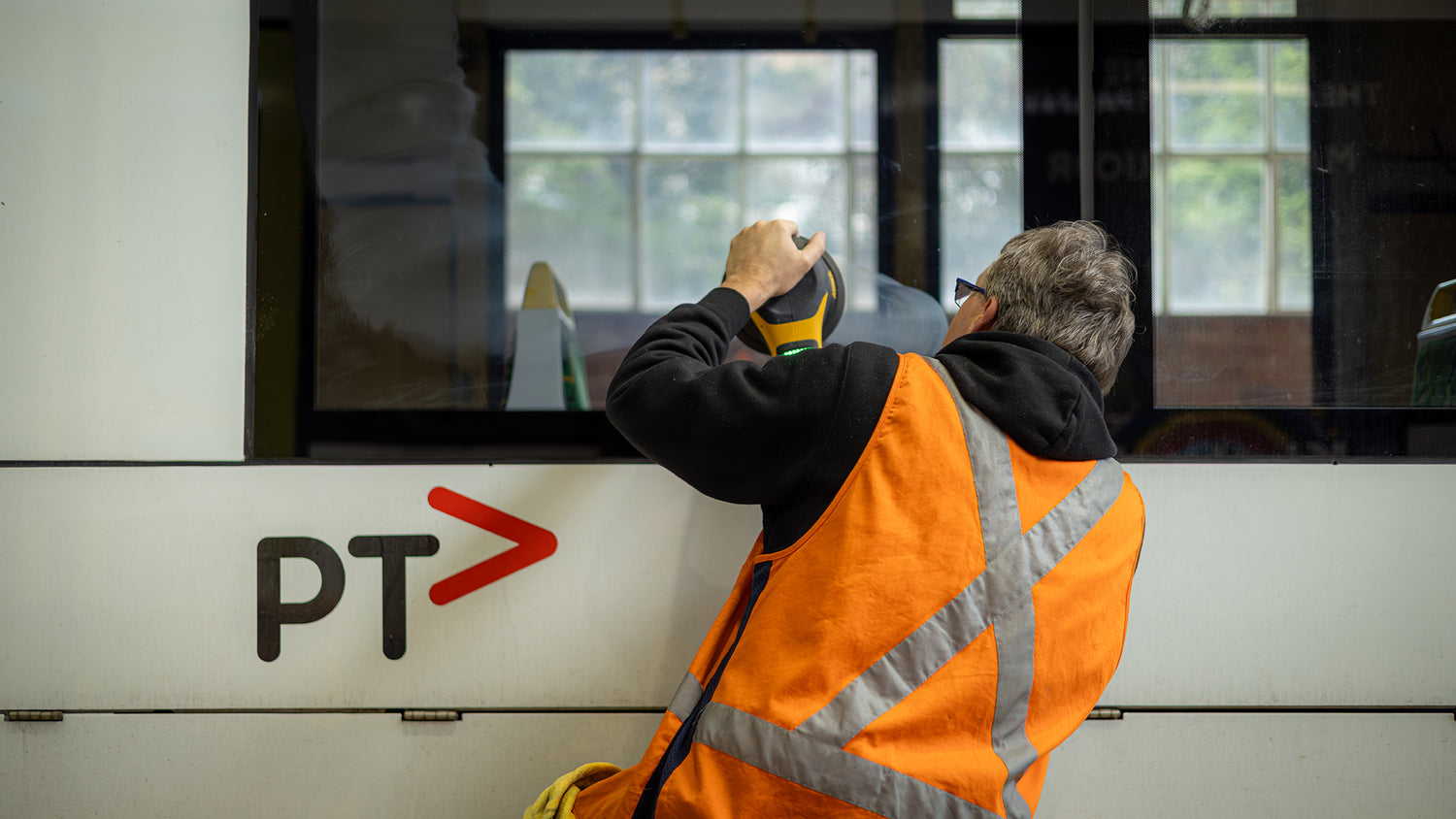
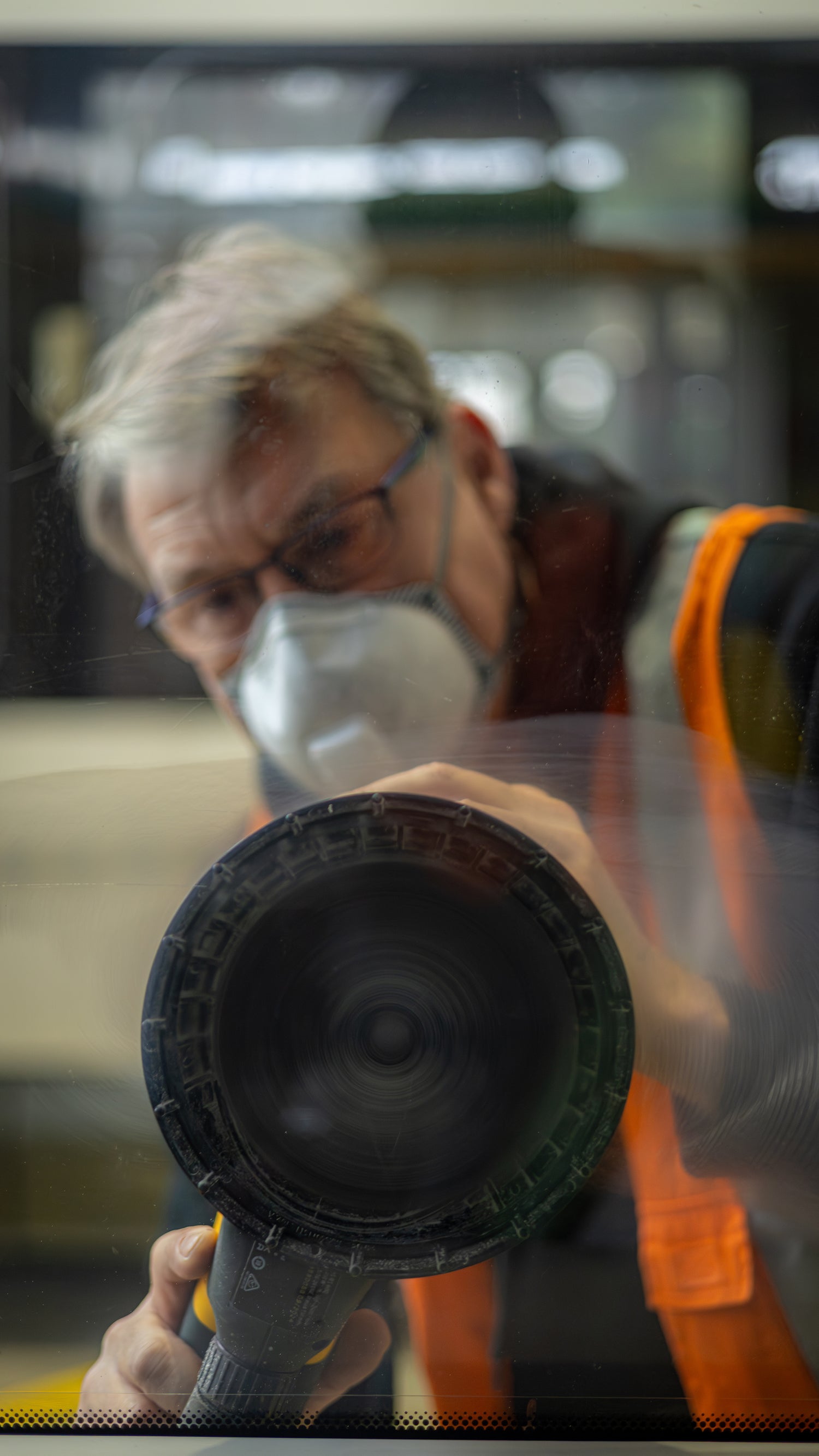
The Mirka DEROS RS 600 is a powerful sander and polisher in one, making it ideal for demanding glass sanding and polishing work. Its 750W brushless motor and adjustable 700–2500 RPM speed range provide the strength to remove deep scratches and the control to achieve flawless clarity. Weighing just 1.8 kg, the RS 600 is lightweight and ergonomic, designed for easy handling with minimal fatigue. Low vibration, low noise, and advanced dust extraction make it comfortable and efficient to use, while its durable carry case keeps the tool protected and ready for every job.
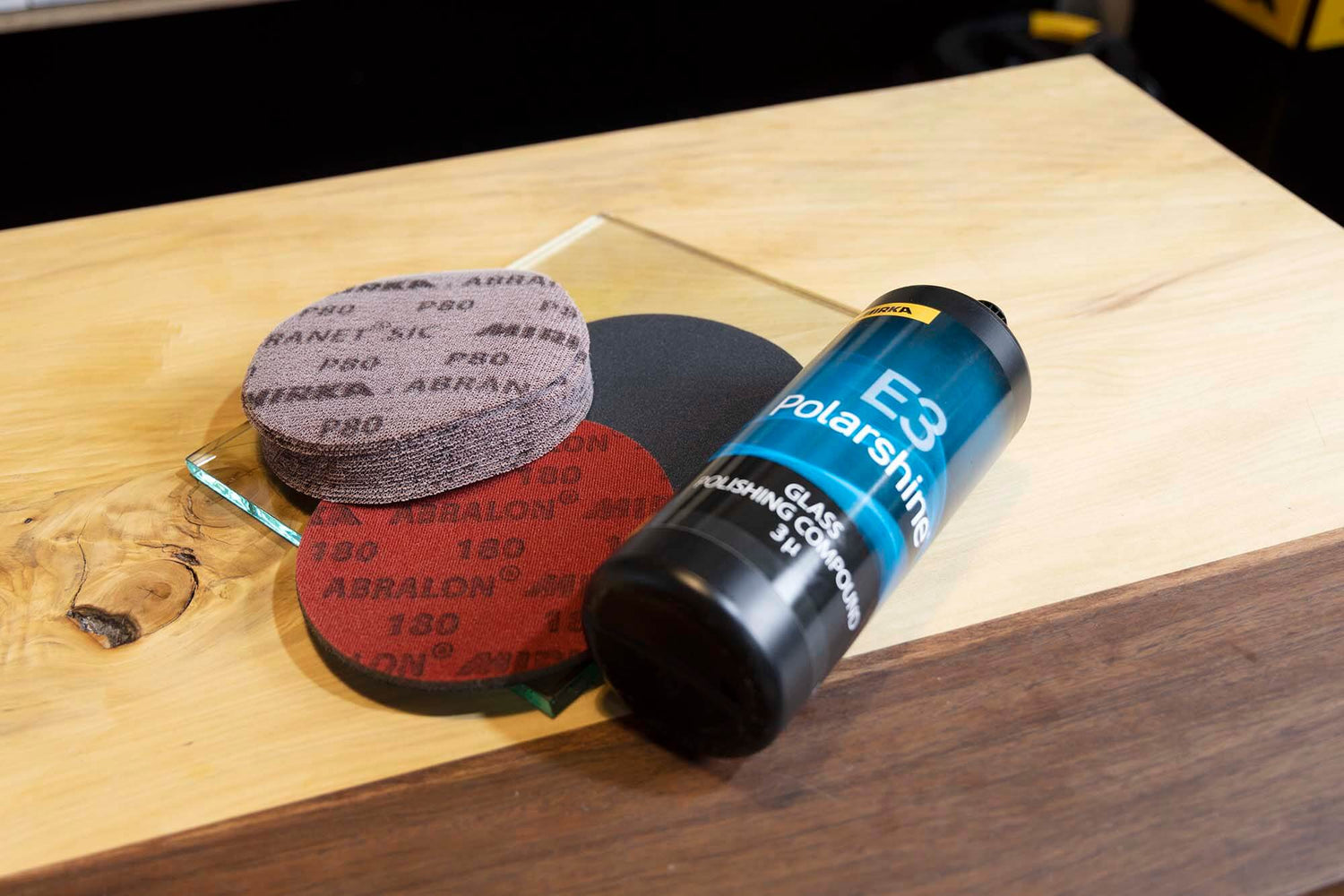
Abranet SIC NS or Abralon?
Both Abranet SIC NS and Abralon use Silicon Carbide grains, which is the optimal grain when sanding glass. They contain no stearate coating, which is unnecessary for sanding glass.
If you have deep scratches or you are sanding a large area, start with Abranet SIC NS.
For superficial scratches, we recommend starting with Abralon. Abranet gives a closer feeling to sanding surface and a more aggressive sanding result.
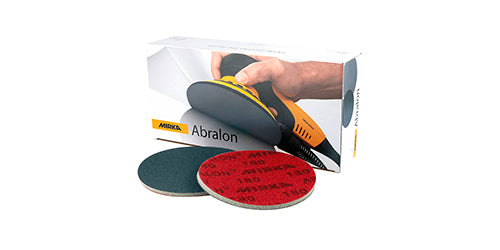
Abralon
Abralon is a versatile sanding disc designed for use on both smooth and contoured surfaces. Its innovative flexible structure minimises the possibility of pressure marks while enabling the creation of a smooth sanding pattern on sloped surfaces and edges.
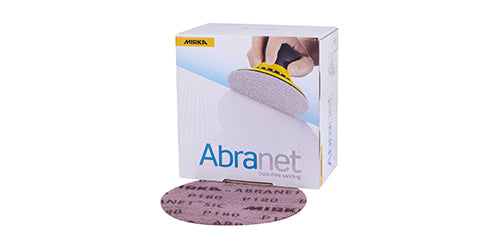
Abralon SIC NS
Abranet SIC NS is a specialty abrasive that uses silicon carbide cutting grains formulated completely without the use of stearate. It has been developed especially for use with glass and is also perfectly suited for use with clear coats, primers, carbon fibre and other composites.
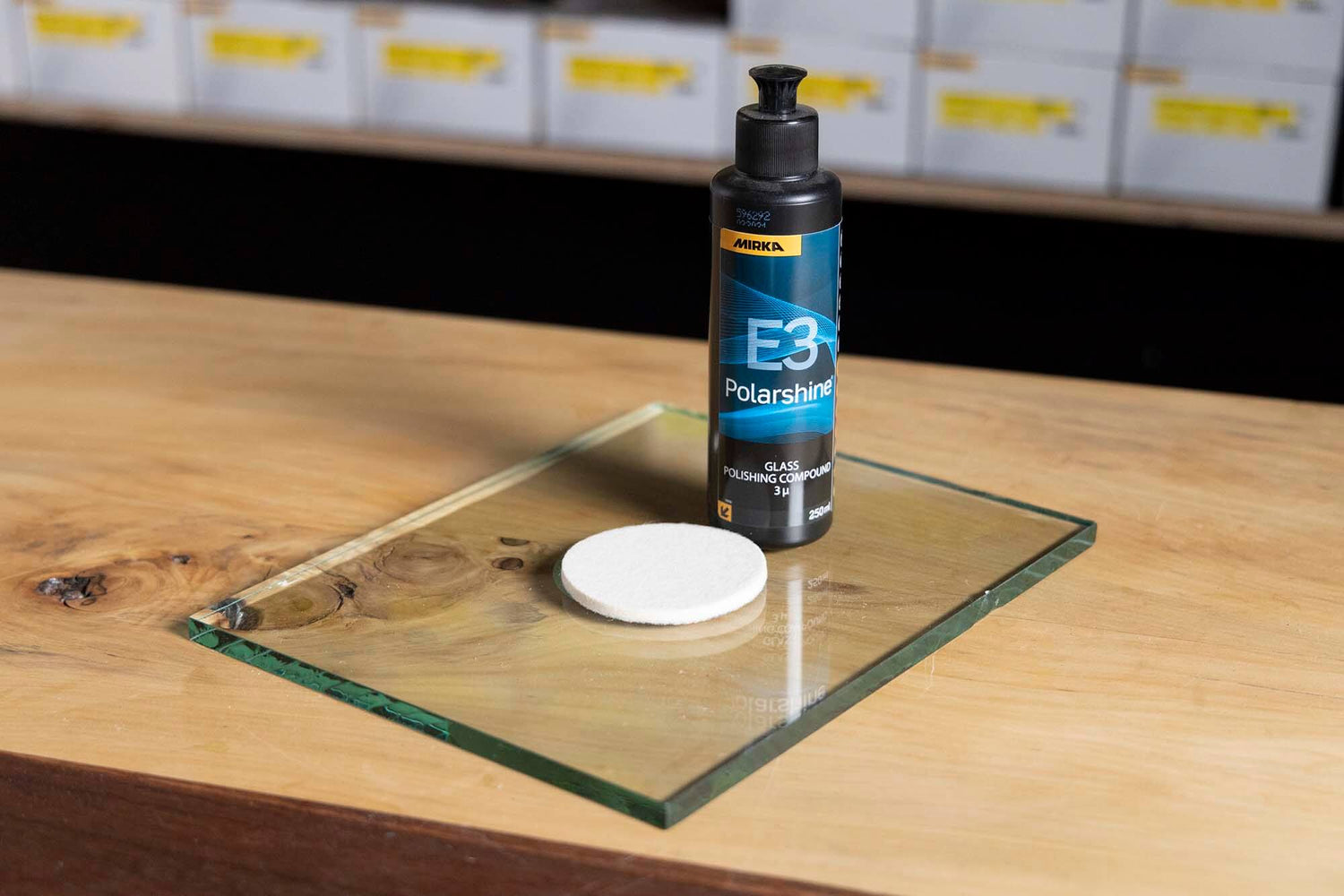
A better choice for you and the environment
All polishes that Mirka produces are water-based and produced in Finland. There are many benefits of choosing a water-based polishing compound.
Glass sanding & polishing process
This process is as a guide only. The process may be different depending on the type of scratch and an individual's preferences.
Step 1 - Clean & inspect
Clean and inspect the damaged area.
Step 2 - Sand with SIC NS
Use Abranet SIC NS. Select the finest grit disc that will effectively remove the scratch. (eg. 150 grit)
Hold the sander flat on the glass and sand until the scratch is removed.
Check the temperature does not exceed 70°c throughout the process.
Continue the sanding process using gradually finer discs ending at 400 grit.
Step 3 - Sand with Abralon
Start with Abralon 500 grit and expand the repair area to create an effective blend. Ensure to hold the sander flat to the glass.
Work on a small area at a time as Abralon discs will only start cutting when the glass has warmed up.
The area will become cloudier as the scratches become finer.
You will end this process around 1000 grit.
Step 4 - Polishing
Dampen the Abralon 1000 grit. Focus on the edges to soften and blend the repair.
Inspect the area to ensure all scratches have been removed.
Switch to the Felt Polishing Pad and apply Polarshine E3.
Polish at low speed between 1100-1500 rpm working on a small area at a time as the polish will start cutting once the glass has warmed up. The polishing pad will grip once the temperature is reached.
Step 5 - Finishing
Sand with Abralon 1000 grit and Rotary Polisher. Wipe the surface clean.
Repeat the polishing stage until full clarity is restored to the glass.
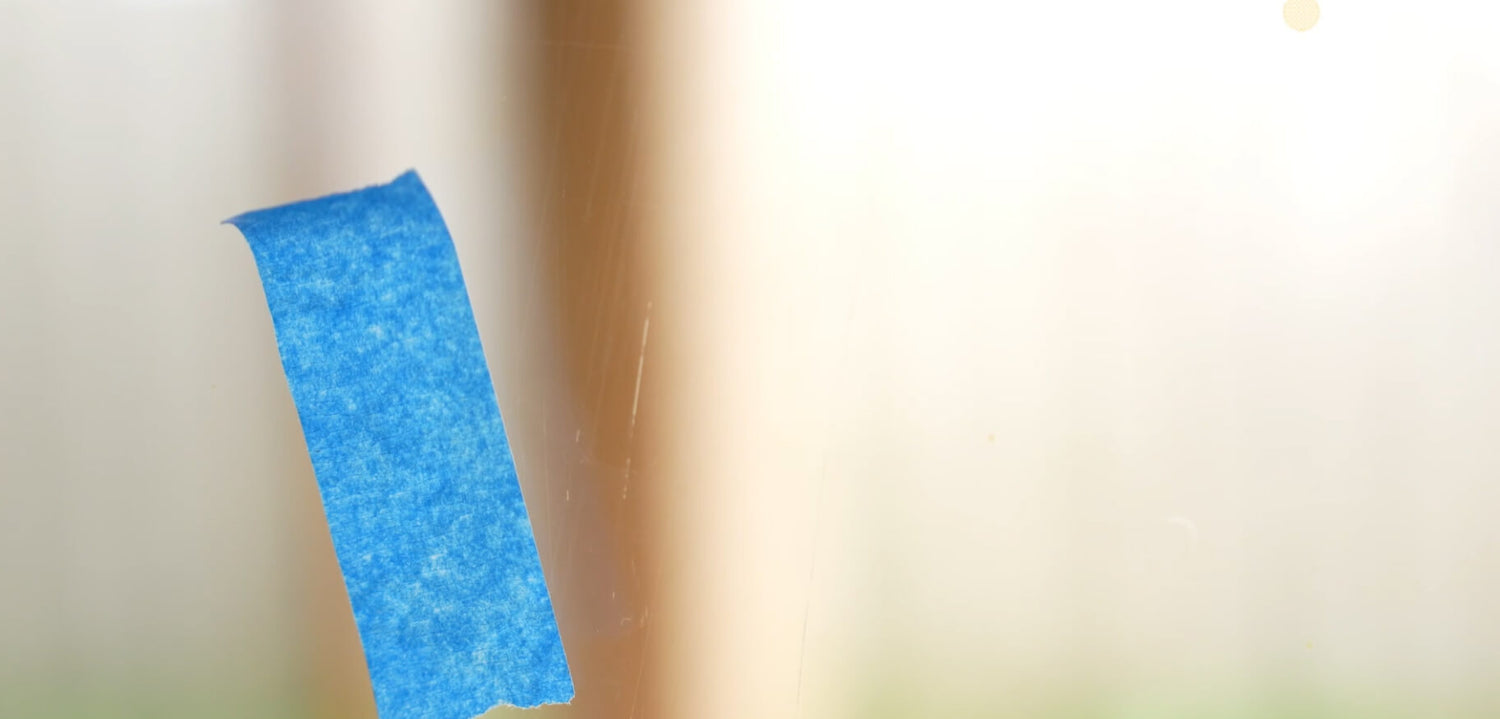
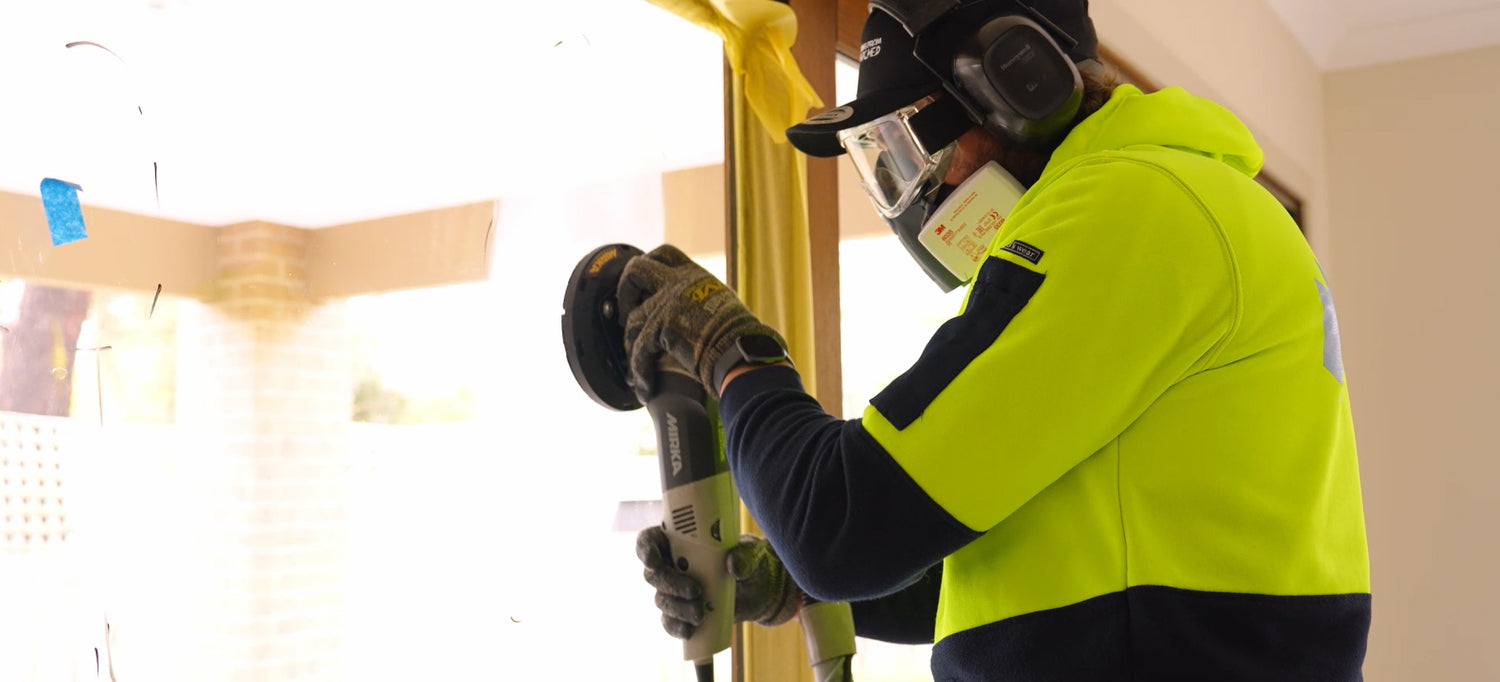
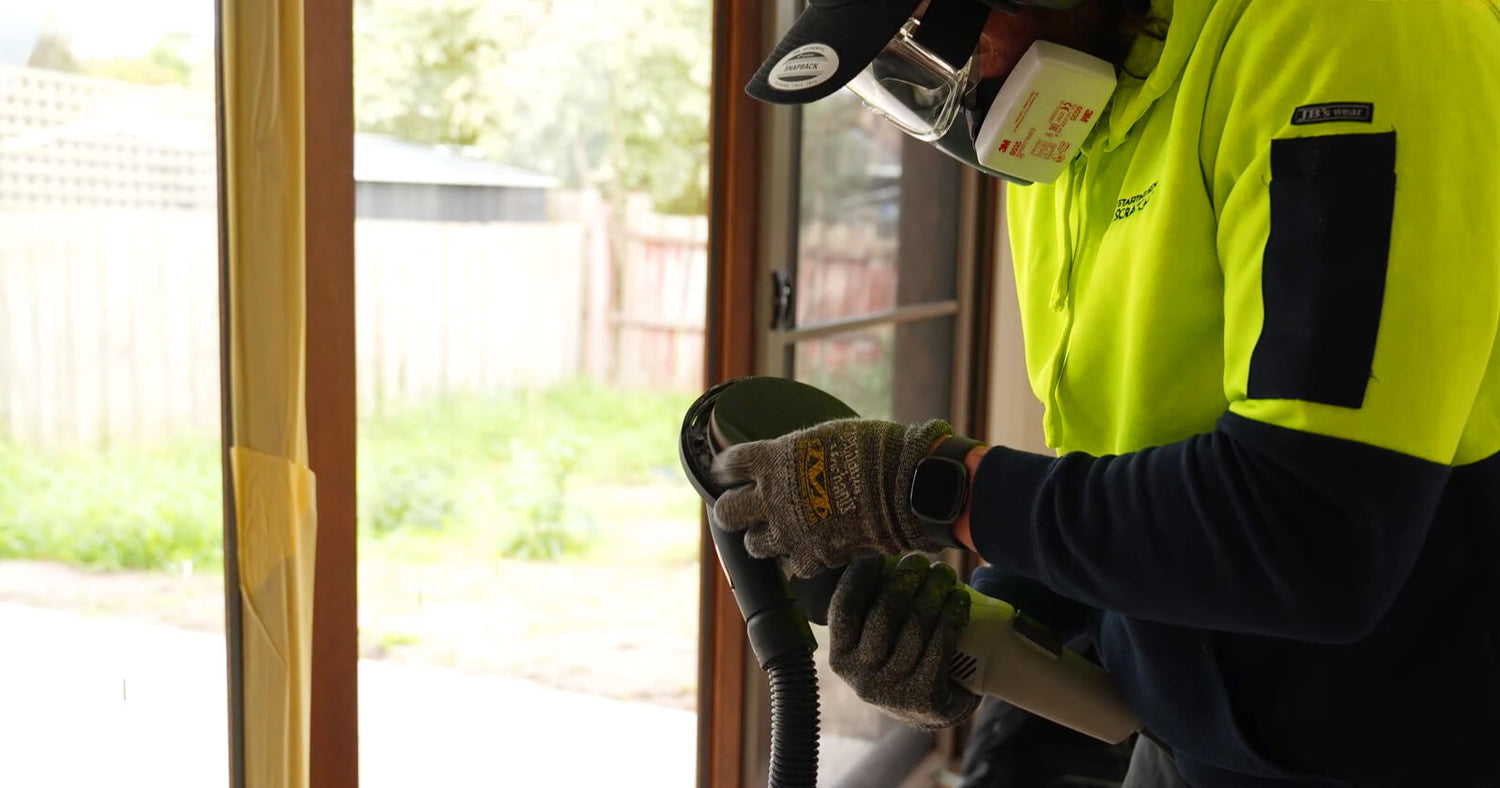
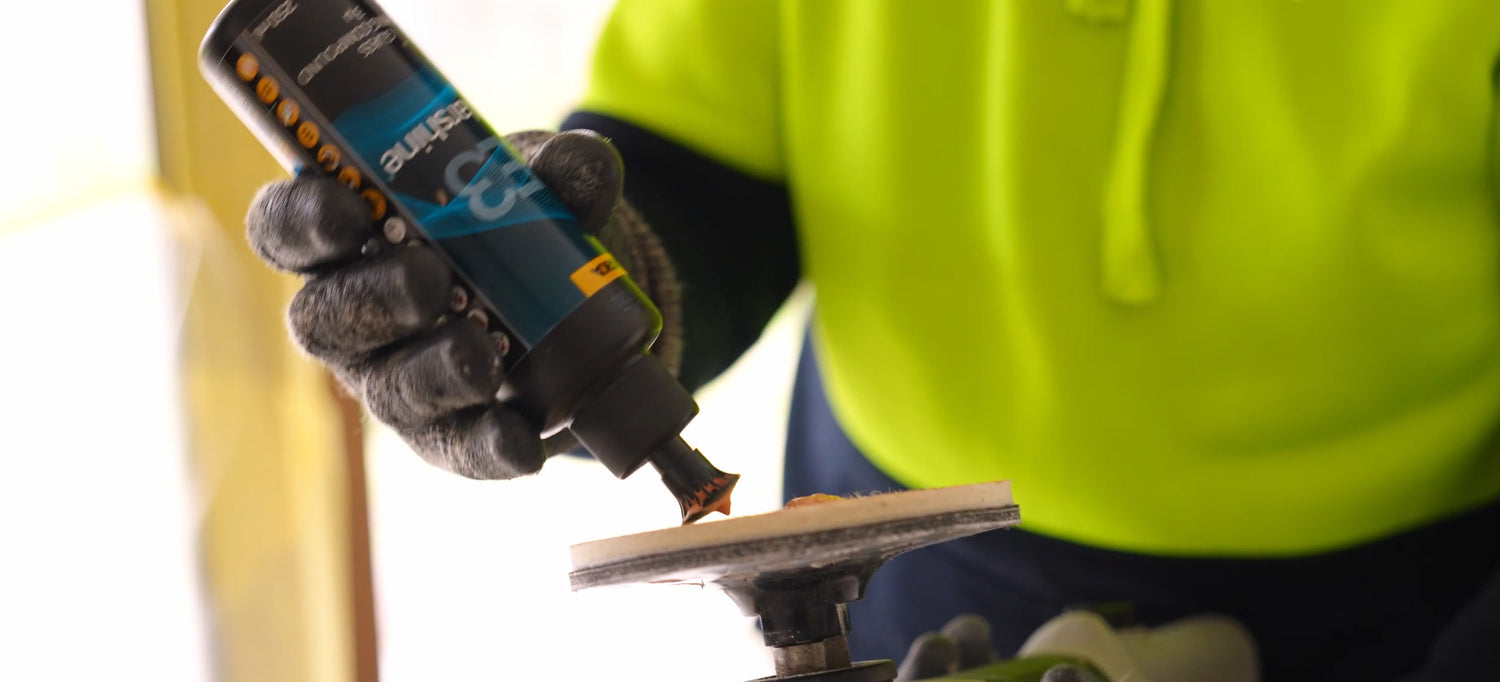
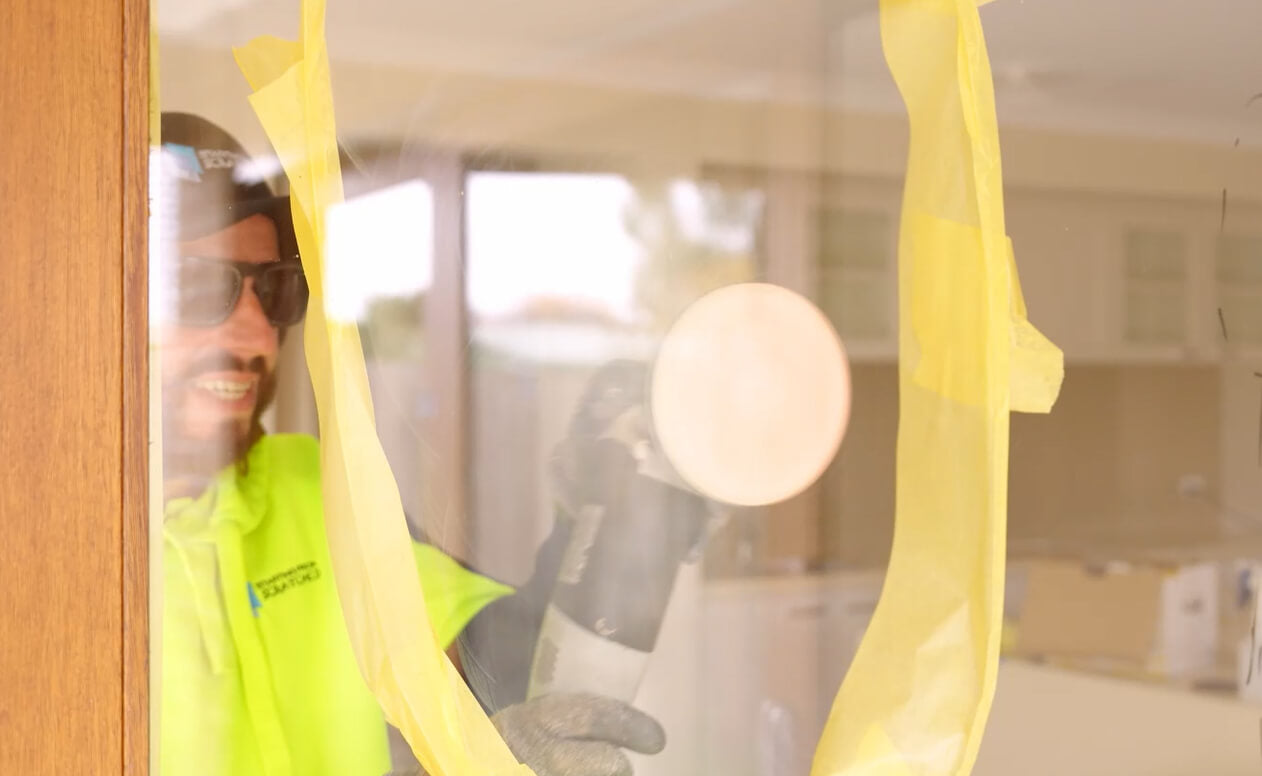
Glass Deep Scratch Removal Process with DEROS RS 600
This process may differ depending on the depth of the glass scratches.
Download ProcessStep 1 - Clean & inspect
Clean and inspect the glass before sanding.
Step 2 - Sand with Abranet SIC NS
Step 3 - Sand with Abralon
Step 4 - Polish
Step 5 - Finish & clean
Finish the process by cleaning the area with a clean cloth.
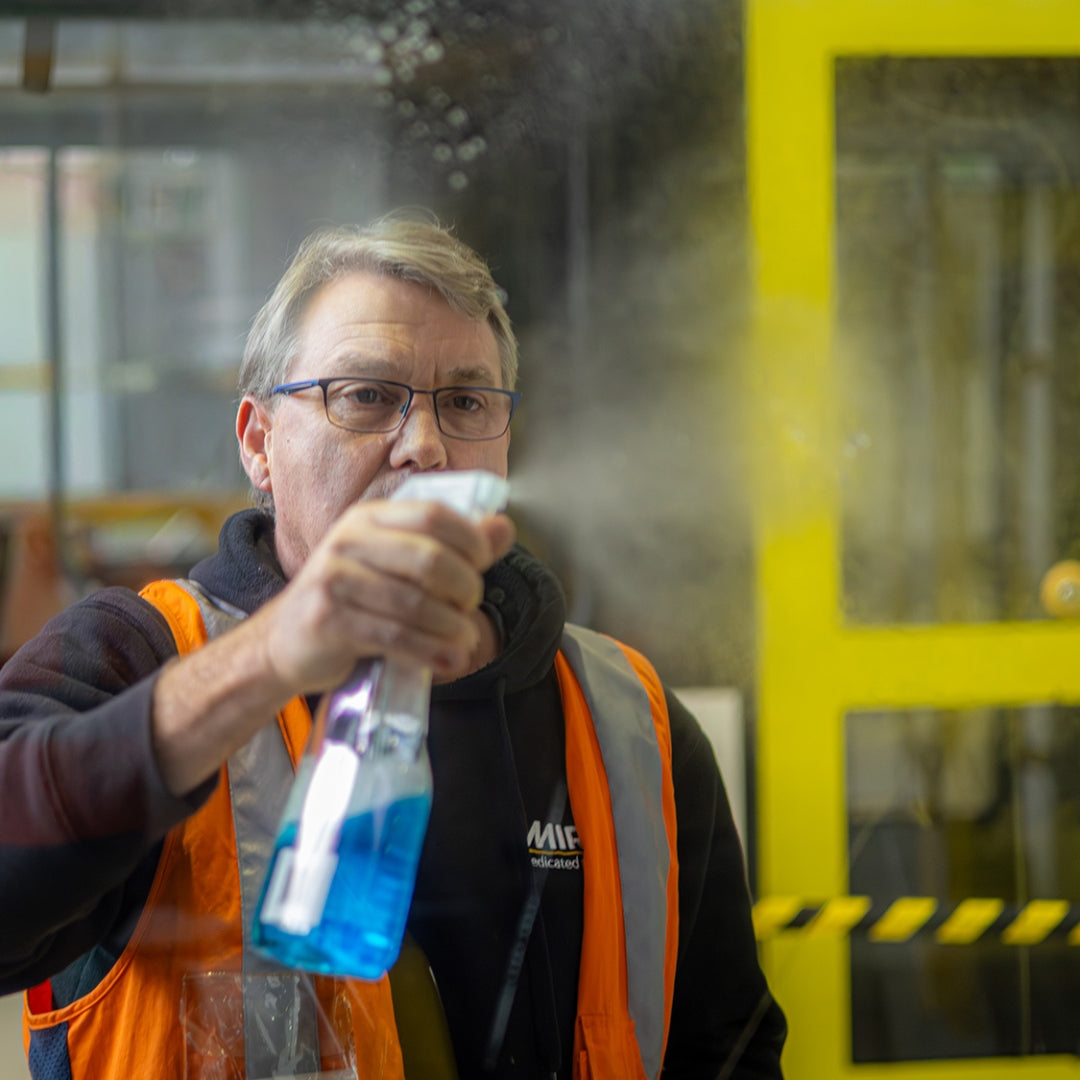

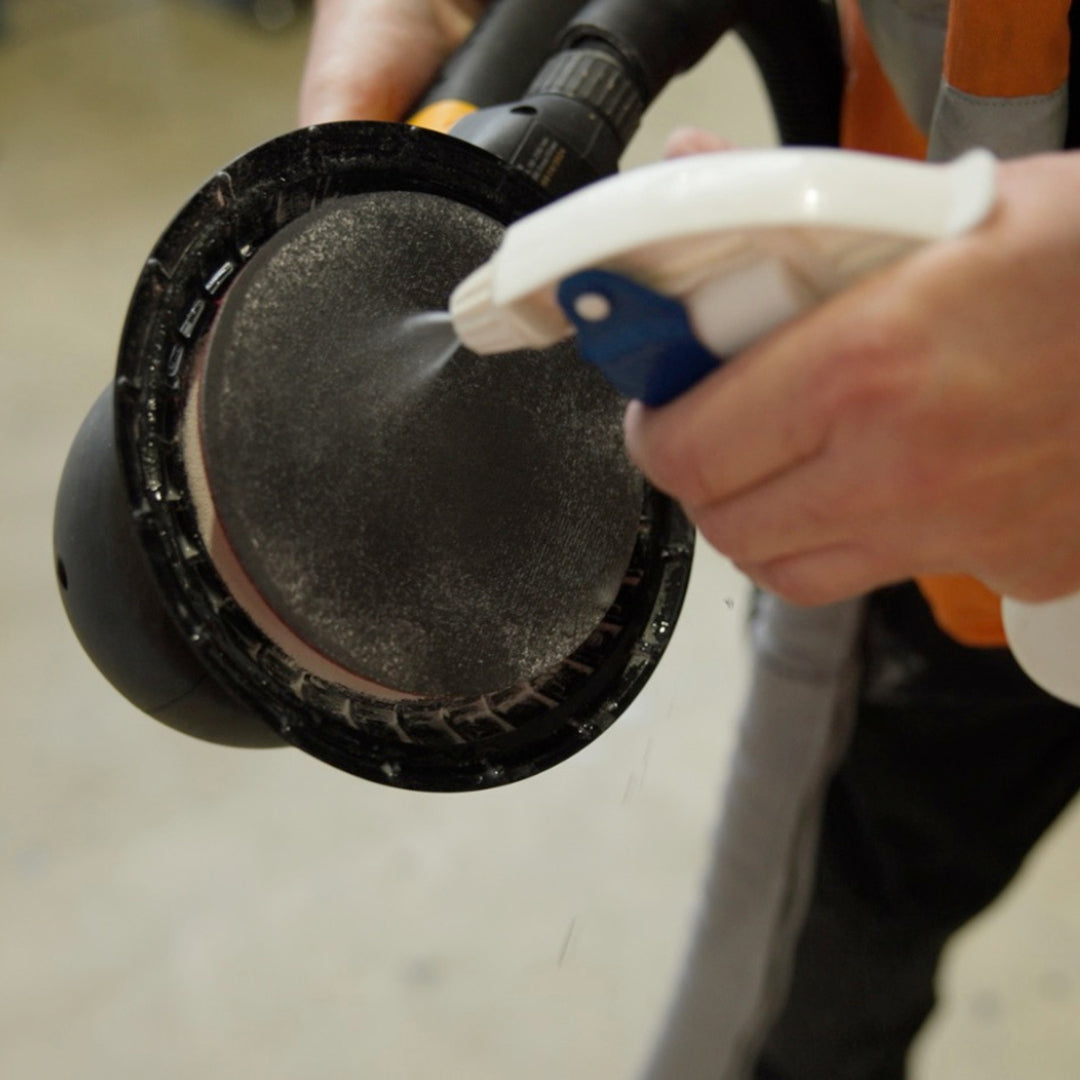
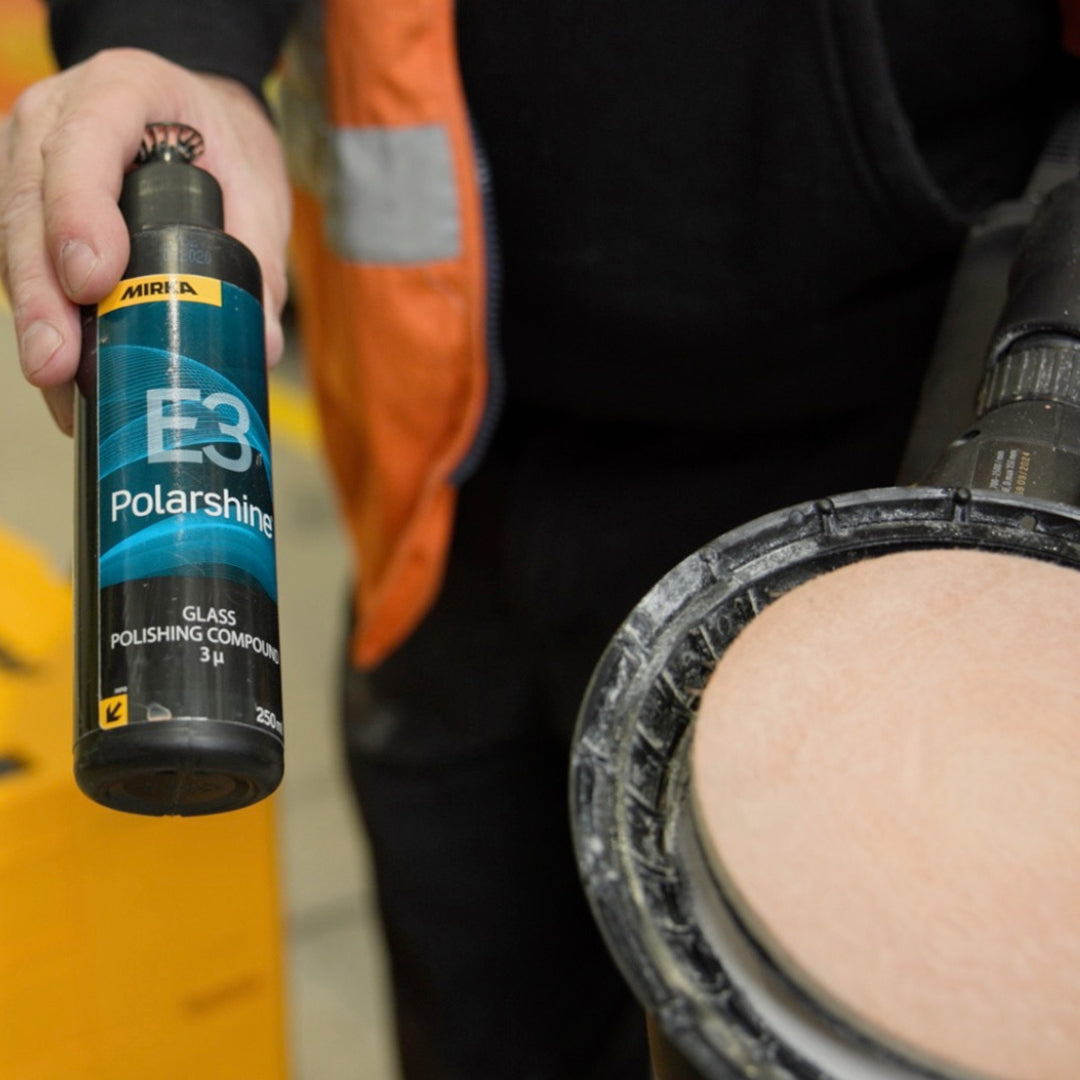
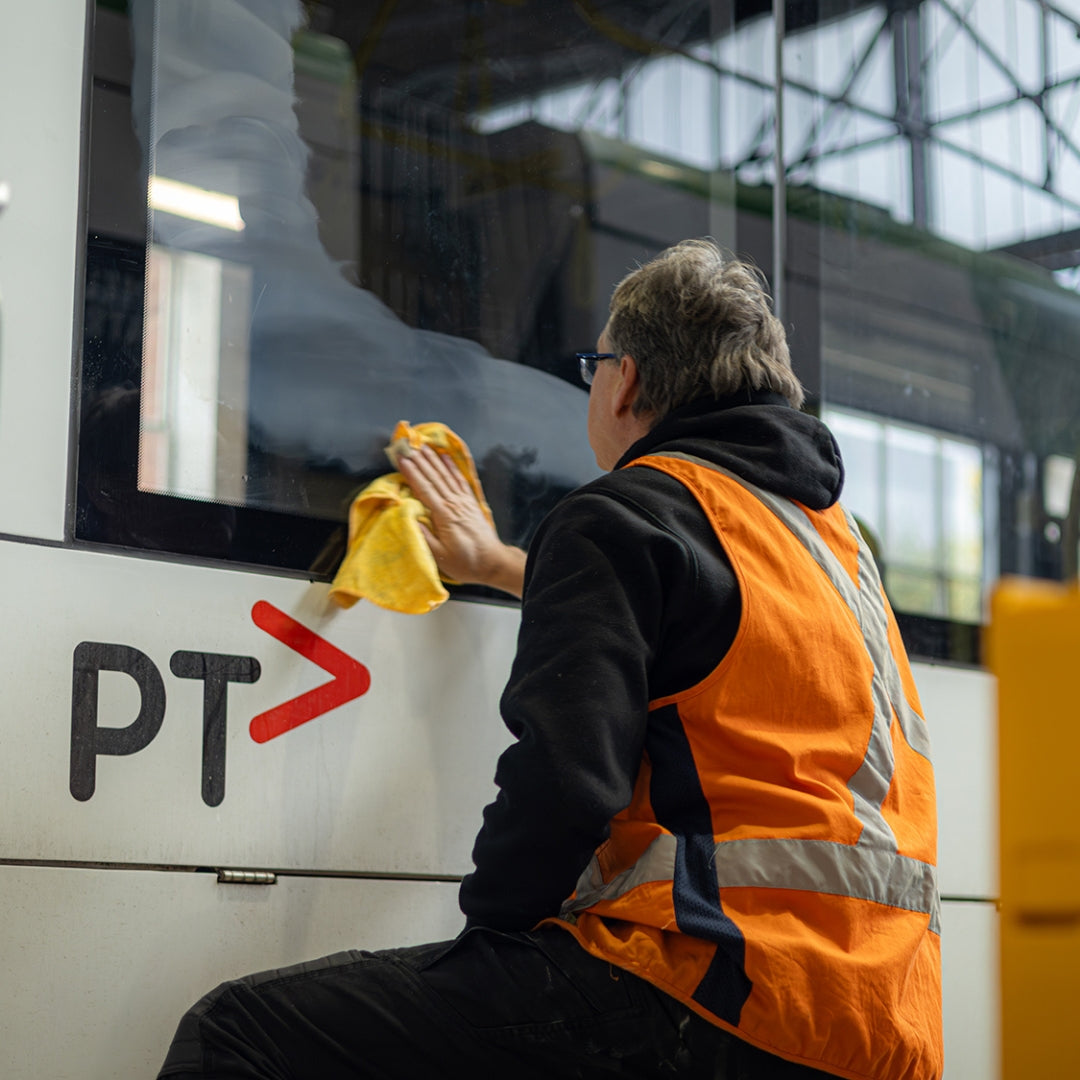
Acid etched graffiti Removal Process
The process may vary depending on the severity of the acid etched graffiti.
Download ProcessStep 1 - Clean & inspect
Clean and inspect the glass before sanding.
Step 2 - Sand with Abranet SIC NS
Step 3 - Sand with Abralon
Step 4 - Polish
Step 5 - Finish & clean
Finish the process by cleaning the area with a clean cloth.





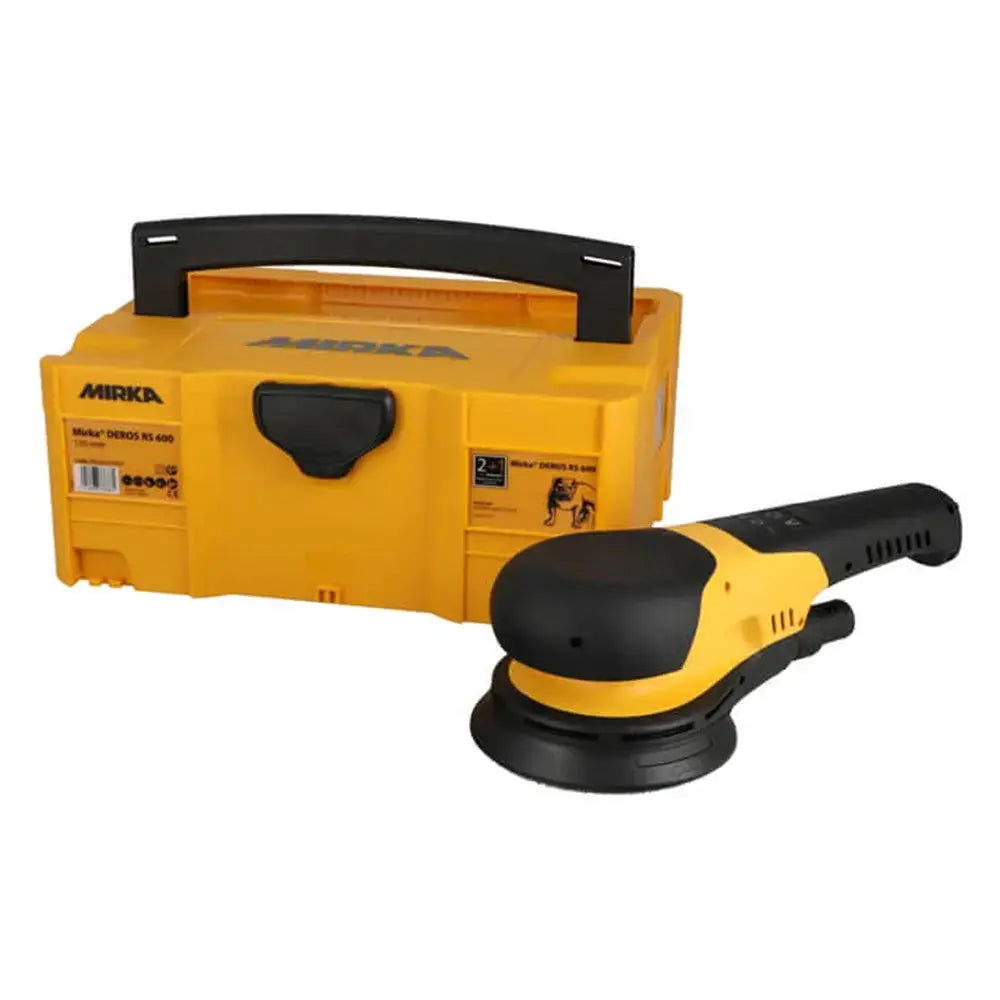
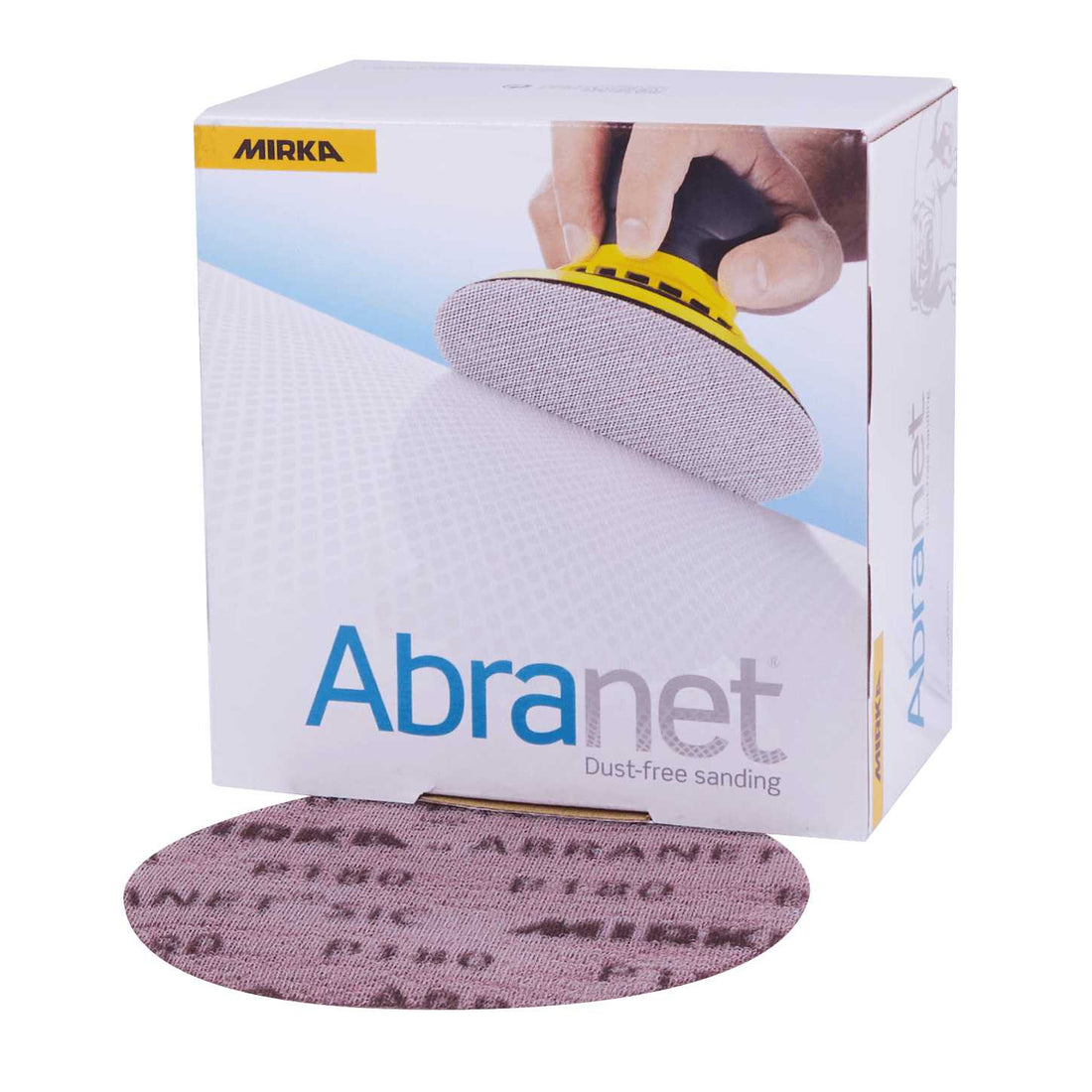
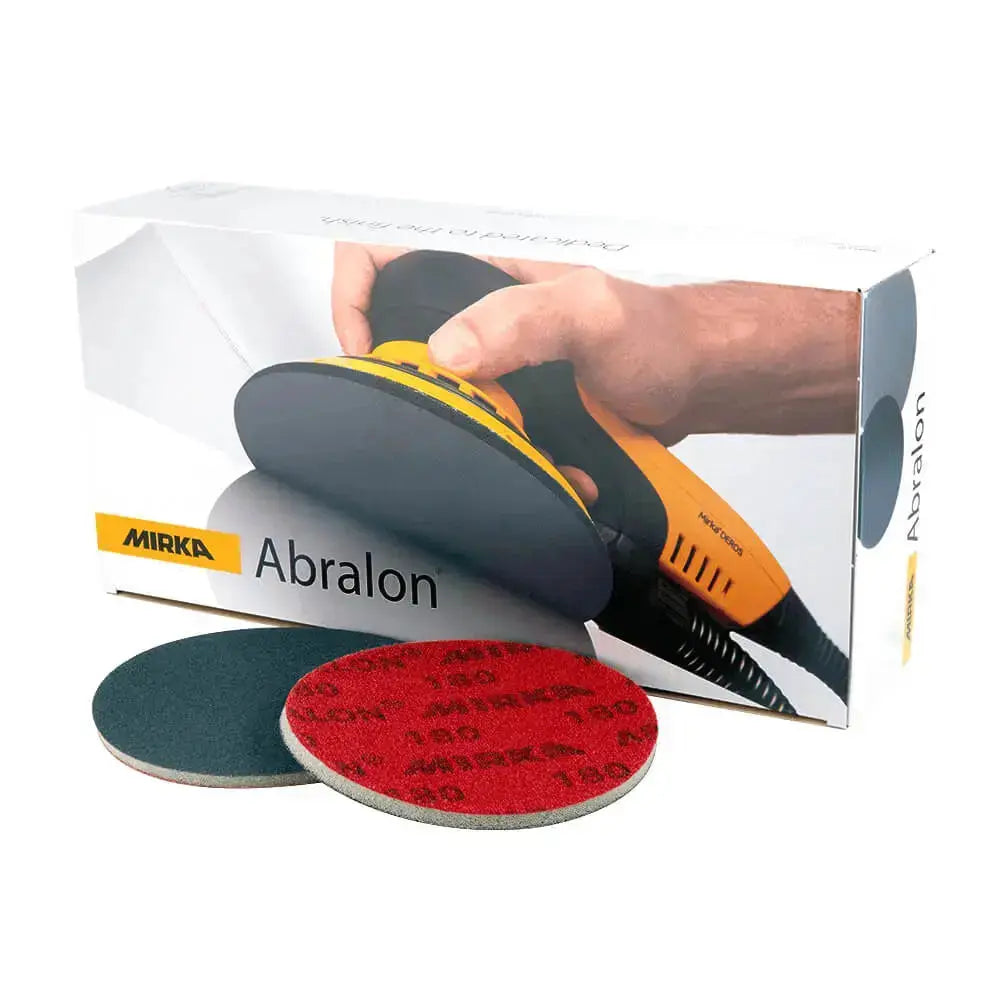
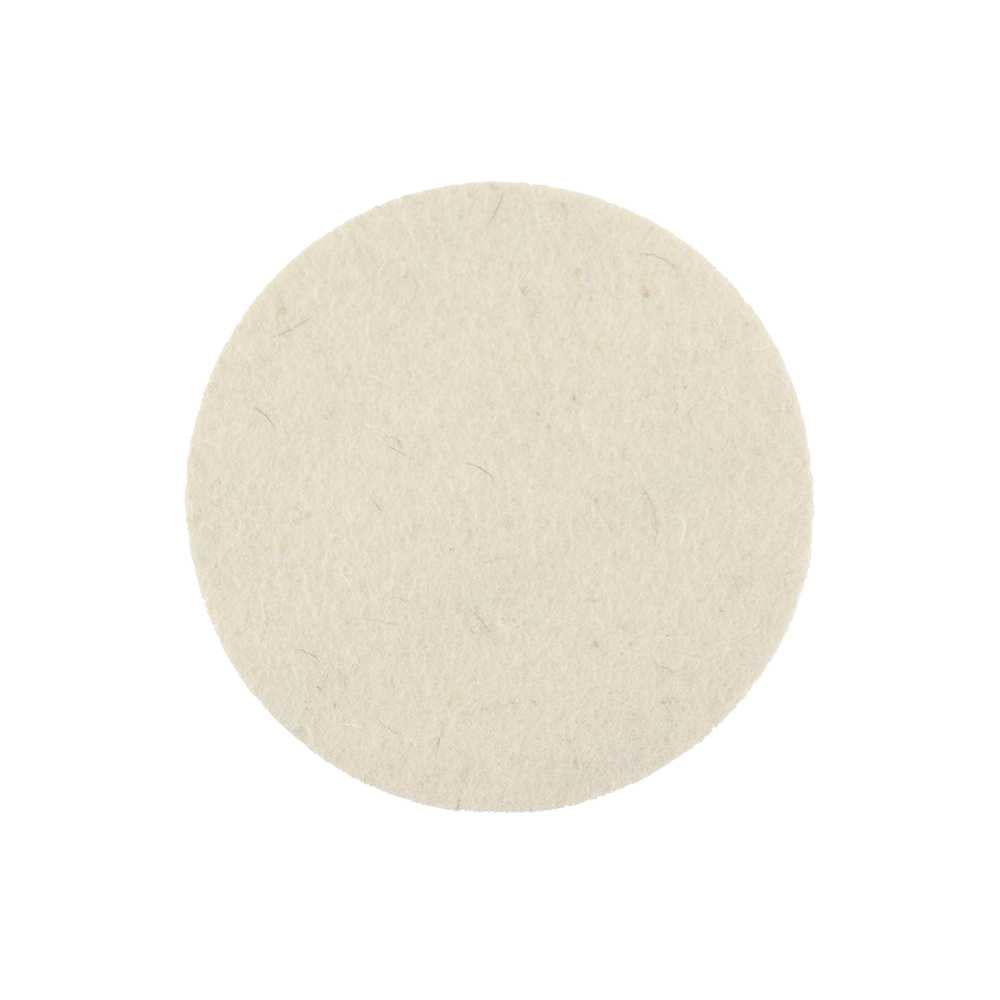

When Ben, a skilled furniture maker known for his craftsmanship, recently put Mirka tools through their paces, he was struck by how much easier and more enjoyable sanding could be....

In painting, prep work is just as crucial as the finish — and having the right sanding gear can make a massive difference to your efficiency and final result. Rhys...
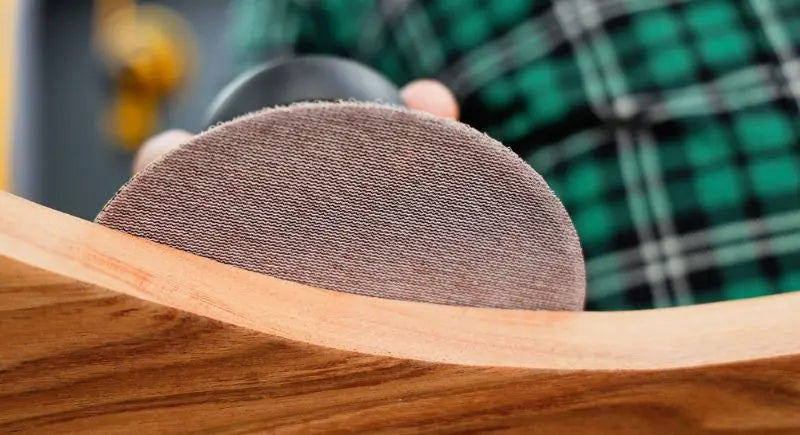
Using Mirka abrasives? Good call. Want to make them last even longer? Here are 11 practical tips to help you save money, reduce waste, and get more out of every...
Same day dispatch
All orders received by 2pm are dispatched on the same day, with express post options Australia-wide.
Outstanding Service
Contact our helpful team at info@bestabrasives.com.au
or by phone on 02 8036 8478.
100% Australian
Best Abrasives is 100% Australian owned and operated.